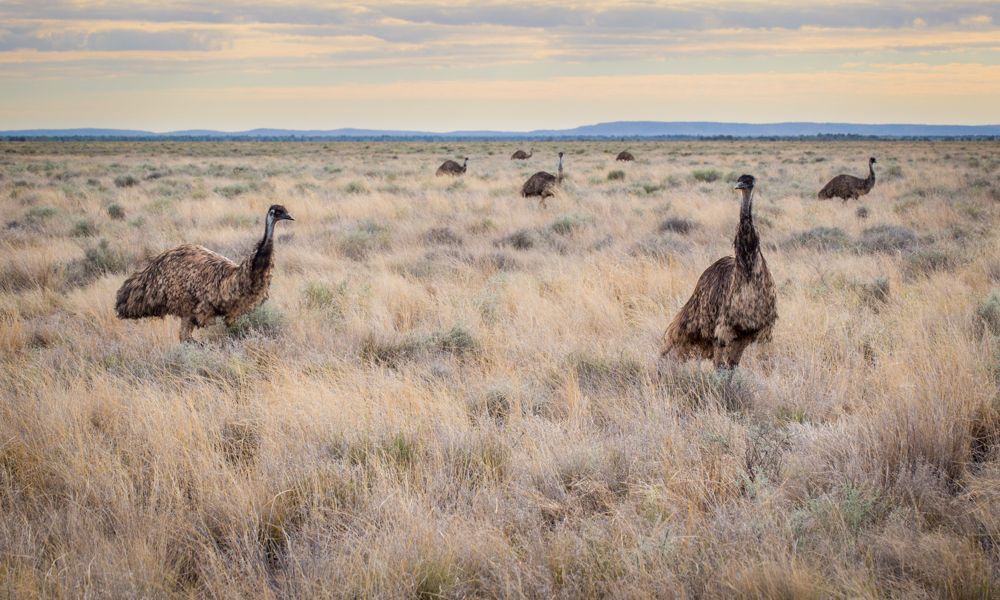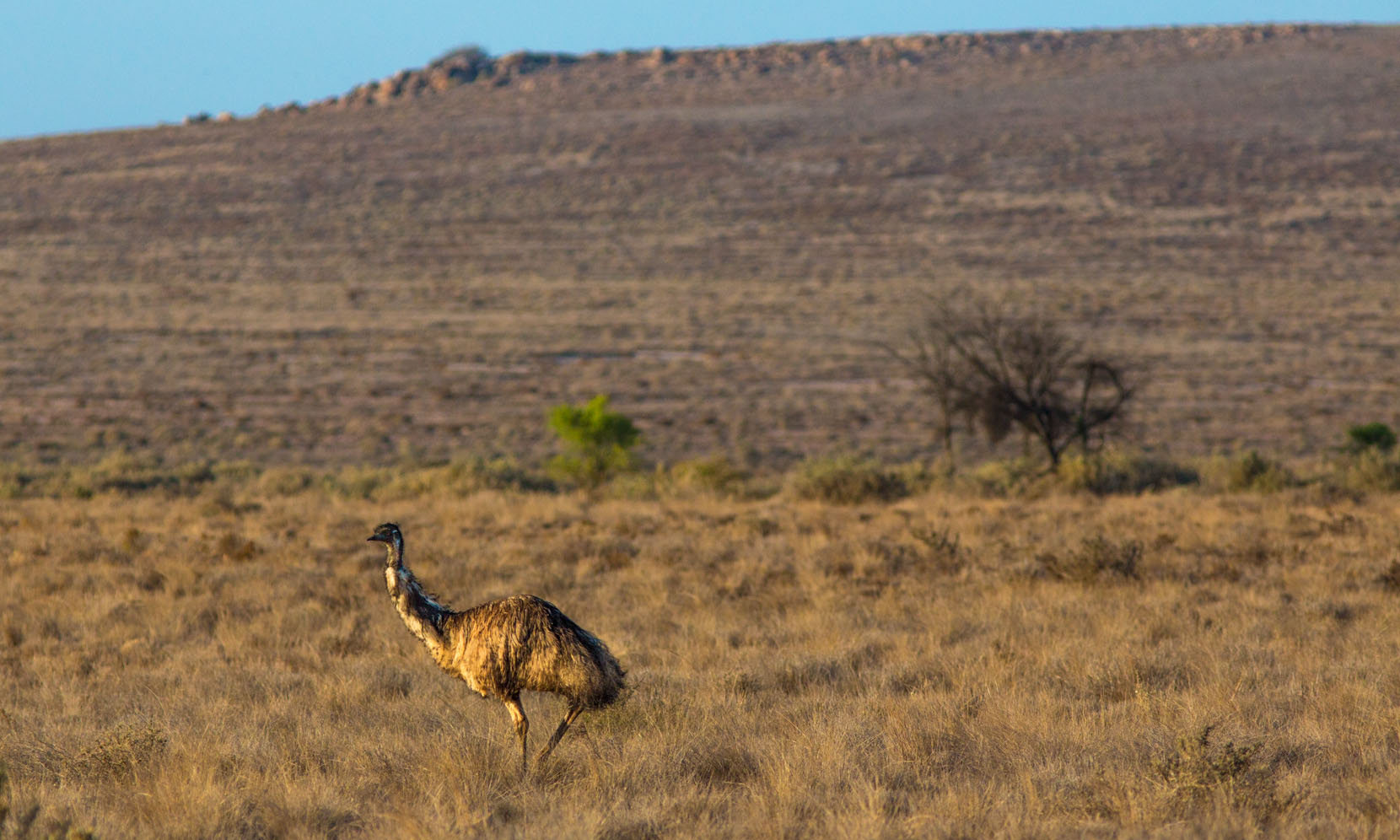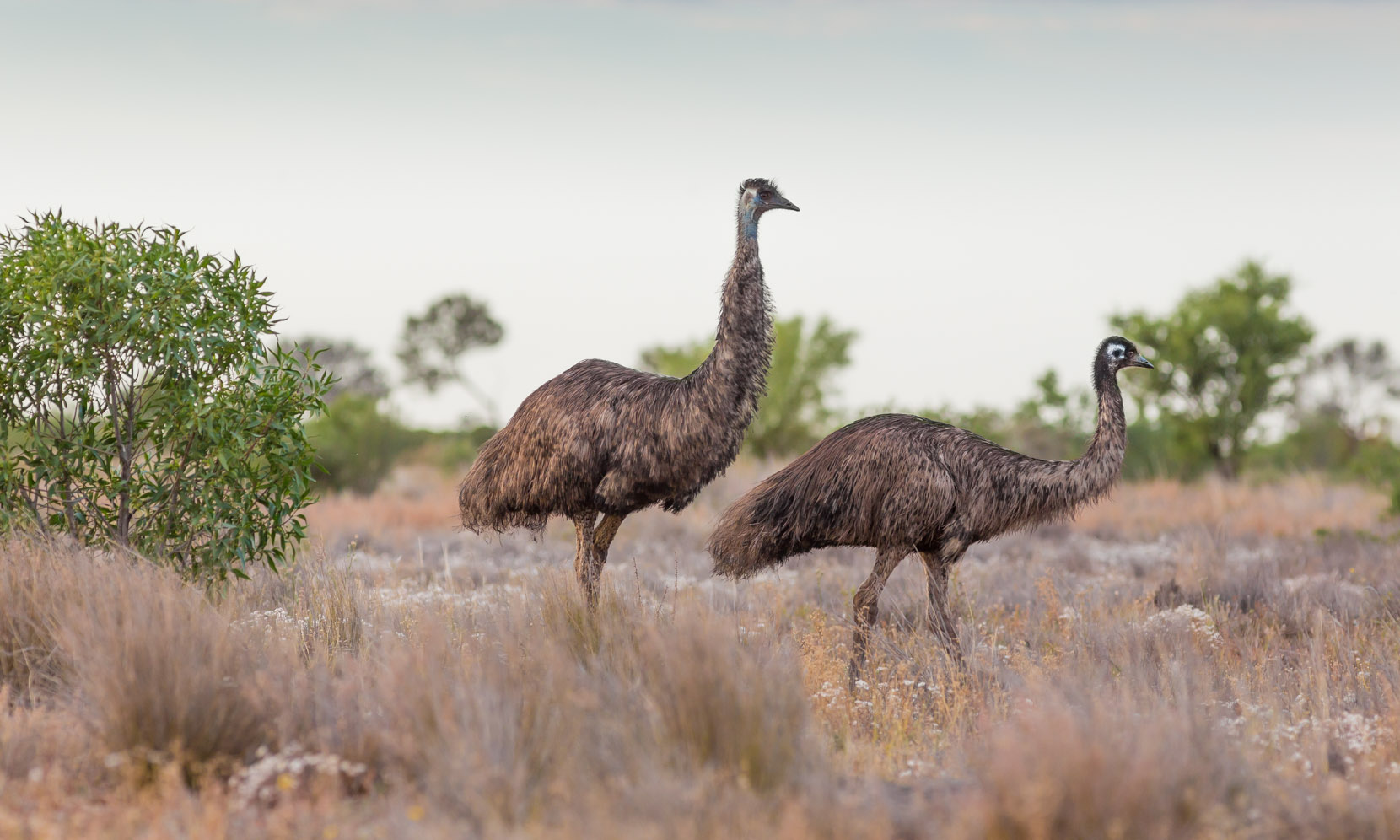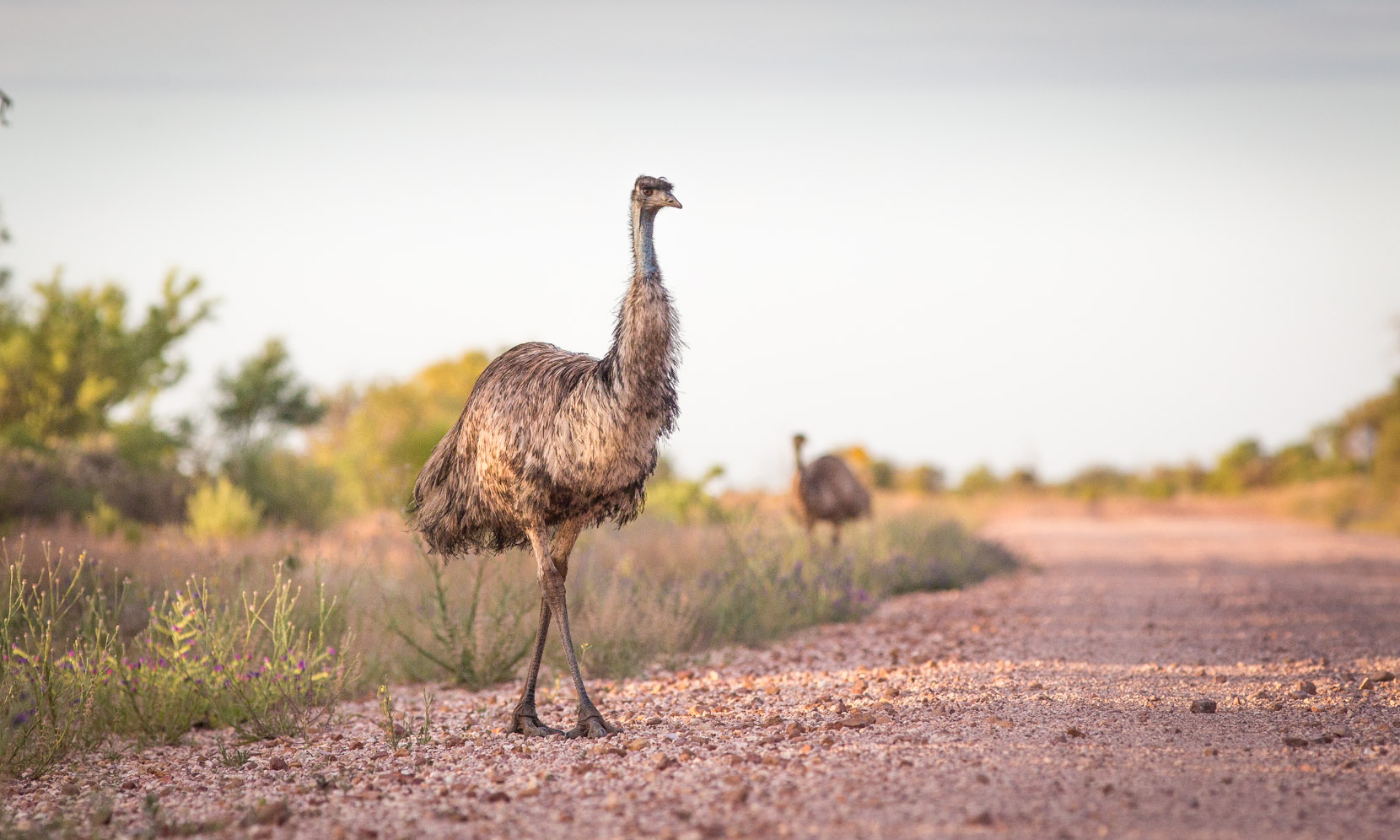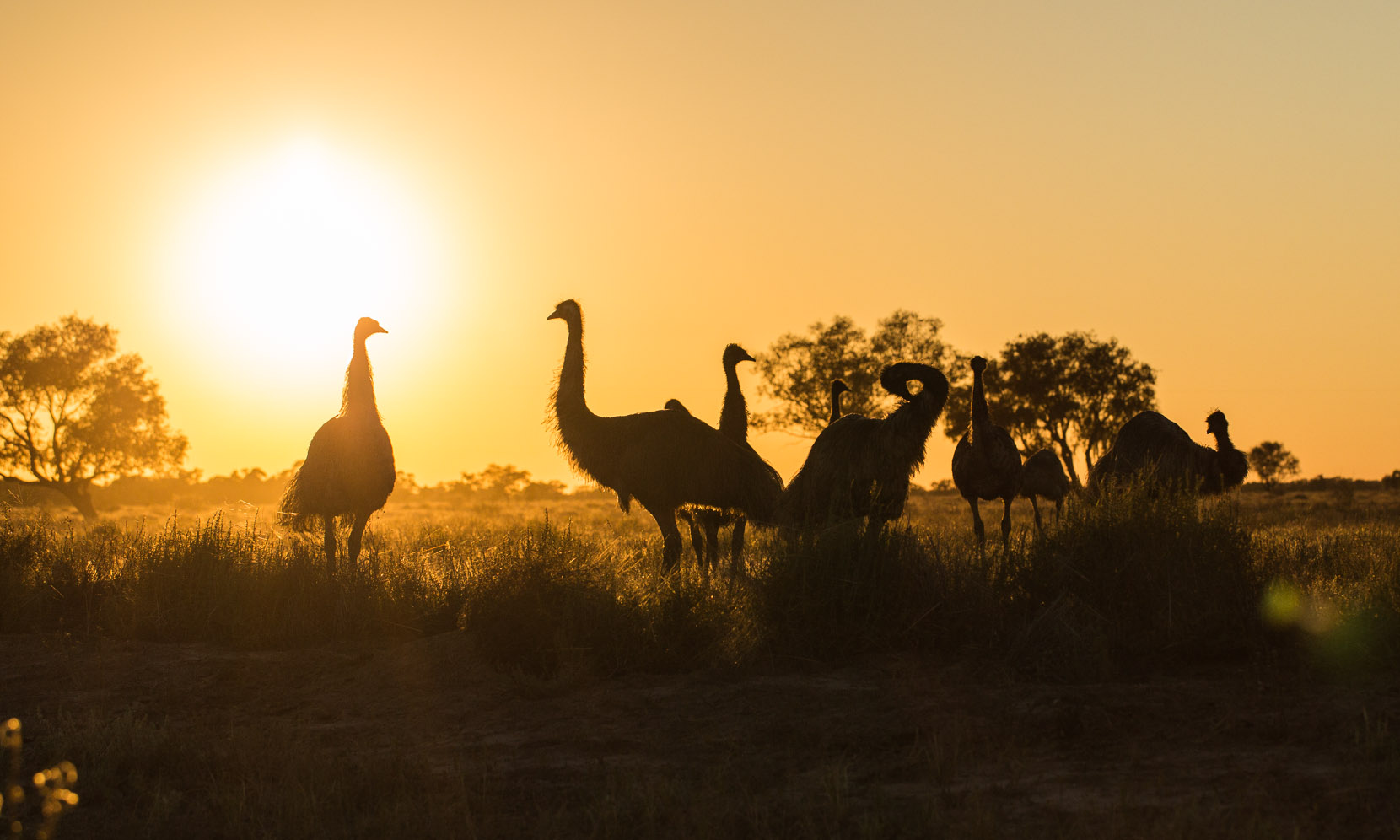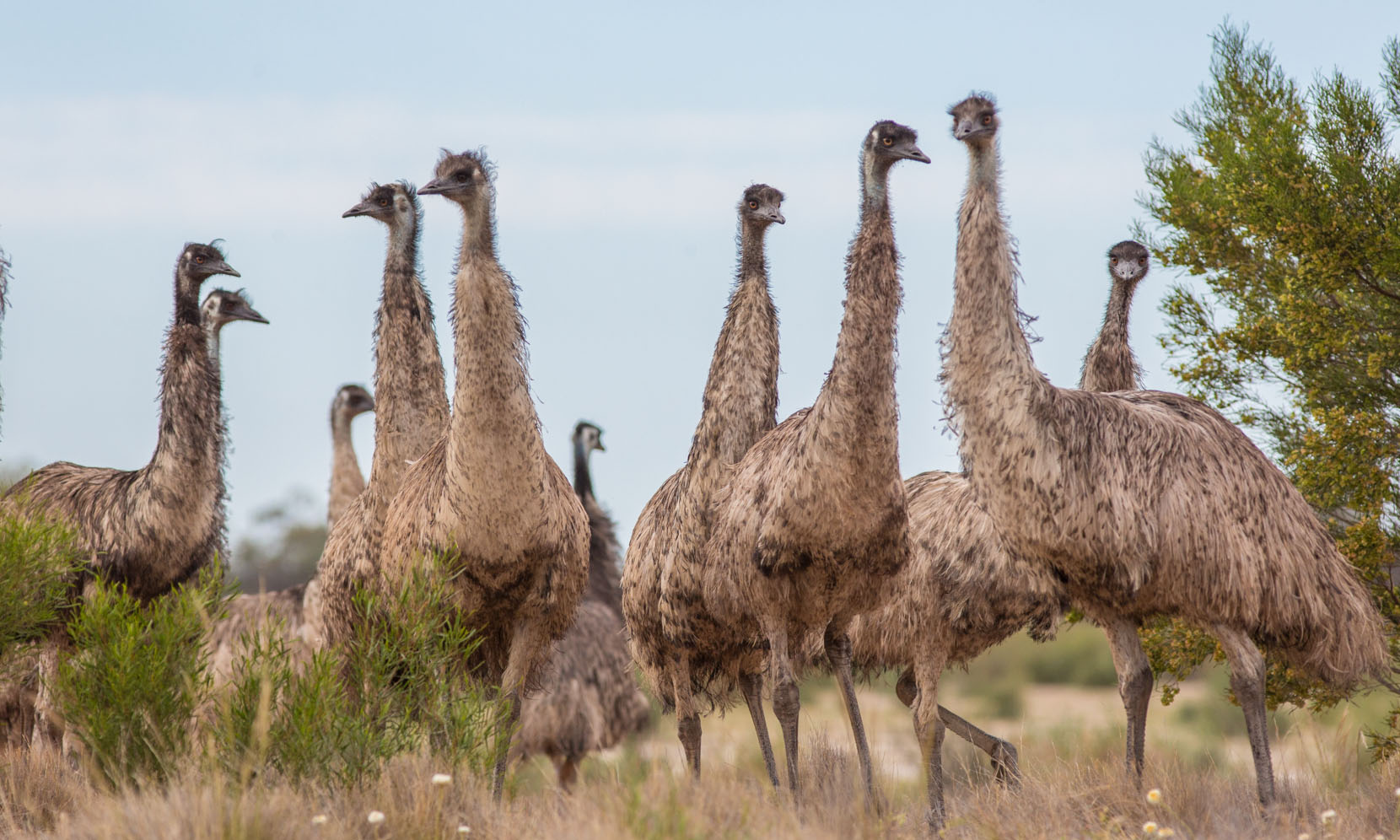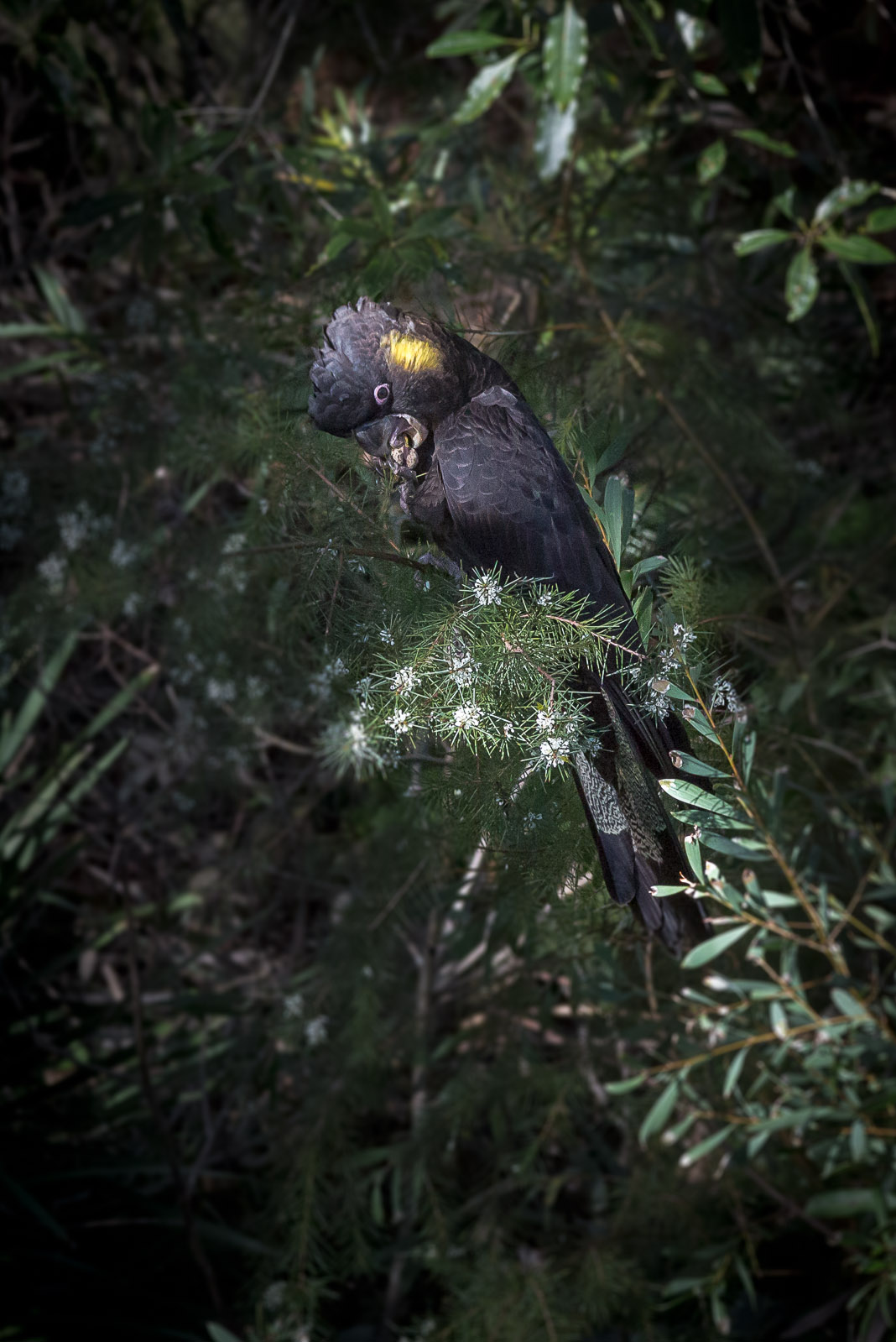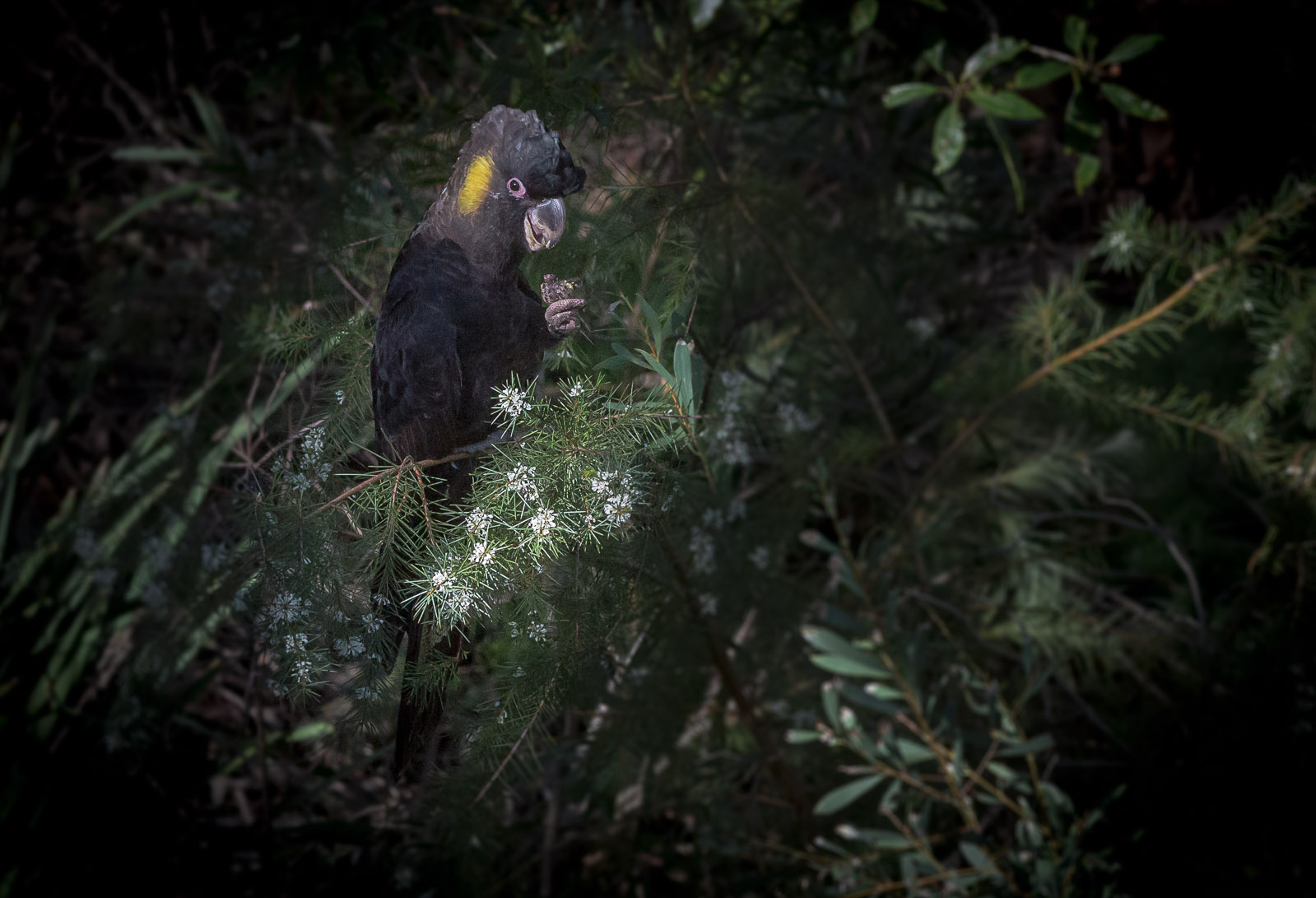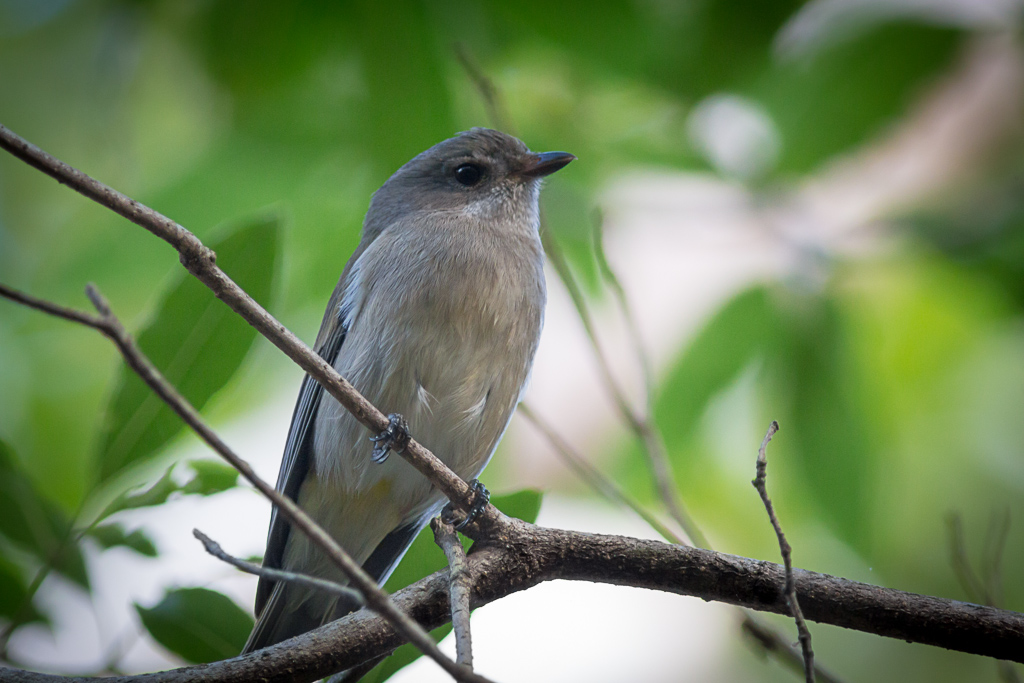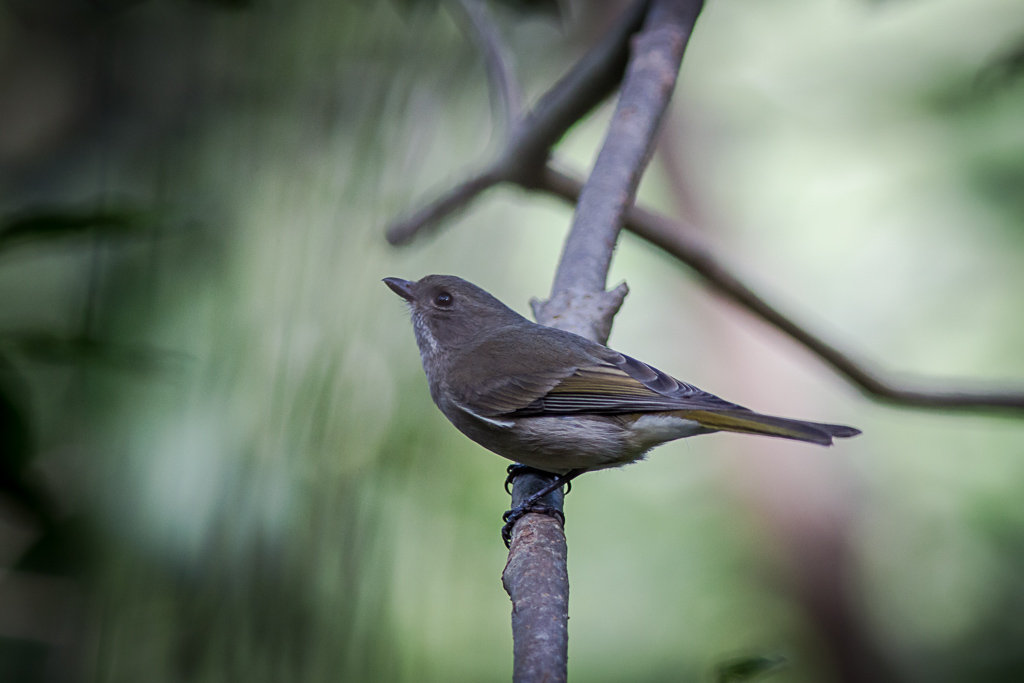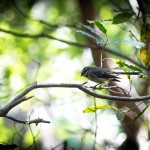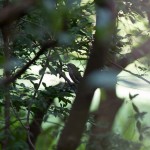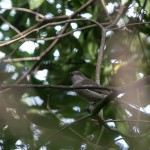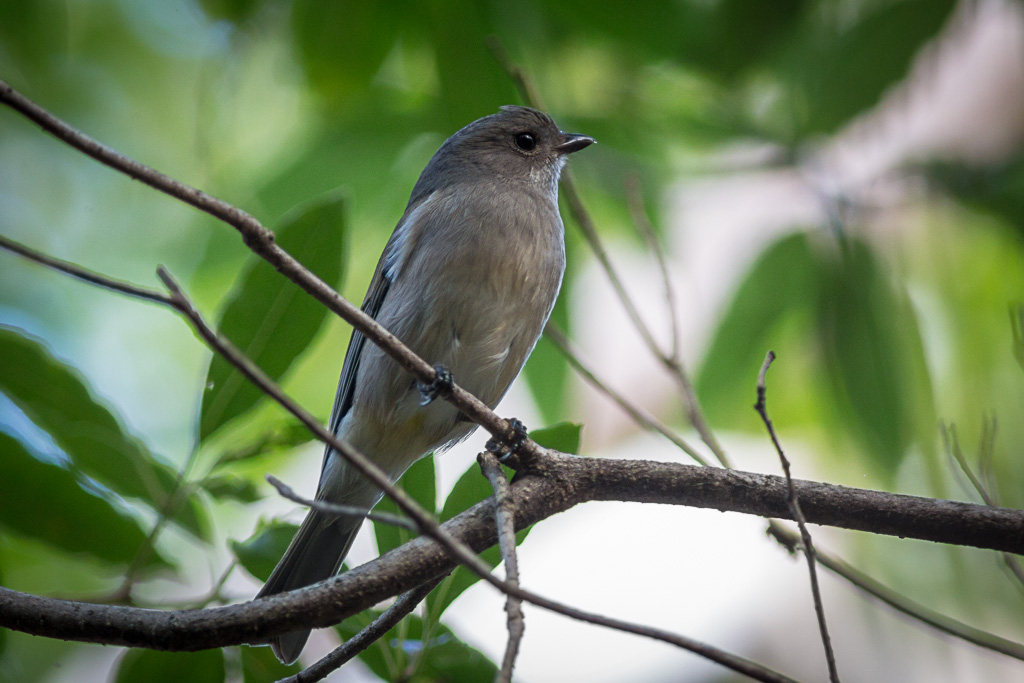I recently spent a couple of weeks out in far Western NSW. It is vast, mostly flat and arid. It feels so Australian, whatever that is.
I wanted to spend some of the time while there taking photos of a few different subjects, one of which was the emu (Dromaius novaehollandiae). They are reasonably common particularly near water, but they tend to run when they see you. So, it wasn’t until the last few days that I managed to figure out a way to get them to hang around.`
They’re one of the tallest birds second to its relative the Ostrich but taller than another cousin the Cassowary. They are Ratites a group of birds defined by a lack of a keel, making flight impossible. In the photos you can see their wings – little stumps which hang down.
They can run at great speed and can cover large distances, sometimes taking seasonal migrations to follow water and food.
The males incubate the eggs. It takes 56 days in which the male doesn’t leave the nest losing up to 20% of its body weight. The father raises the young which takes about 18 months. Their success is dependent on conditions. So their population across the continent varies widely from year to year.
They eat anything. Plant material, seeds and fruit are supplemented with grasshoppers and other insects.
They aren’t threatened and there is some evidence that with increased pastoral activities and supply of water they are doing better that in the past.
Coastal emus on the other hand have all but disappeared. In New South Wales (NSW) they are listed as threatened.
So, my trick to get the emus to hang around so I could get these photographs was to sit on the ground. They are curious and come to investigate.
More information
The Tree of Life project has an excellent page on Emus, with very good references.
The definitive book on Ratites by someone who has done a lot of the suprisingly small amount of research on Emus
Davies, S. J. J. F., et al., eds. Bird Families of the World. Vol. 8, Ratites and Tinamous: Tinamidae, Rheidae, Dromaiidae, Casuariidae, Apterygidae, Struthionidae. Oxford, U.K.: Oxford University Press, 2002
